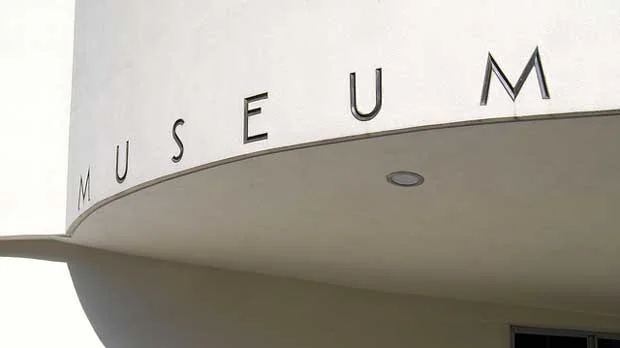
Source: Washington Post
Is vague labeling of art copies harmful in museum settings? Many arts leaders think so. When visitors see a work of art and it’s not the original – it’s only a copy – museum leaders believe this should be clearly indicated. While some copies of artifacts (versus the real ones) are necessary, such as copies of dinosaur fossils or space capsules that aren’t the original ones, leaders still question whether in situations where they aren’t labeled clearly the museum is misguiding its visitors.
Washington Post writes: “The role of copies still raises larger questions about the mission of museums and the nature of authenticity.”
In most cases museums are labeling their copies, but Washington Post reports that in many cases the vague language and small print on the labels is easily misleading or can easily be overlooked by visitors.
Furthermore, museum experts point to how some museums prioritize having the original versions in their collections while others rely on fabrications, because they actually end up being better representations that the original, which might not fully capture the essence of its impact.
Ultimately, whether fabrications or the original, it is important that museums clearly label originals from copies in order for visitors to decide for themselves whether or not their experience changes, or if it remains the same.
Read Full Story: Washington Post
